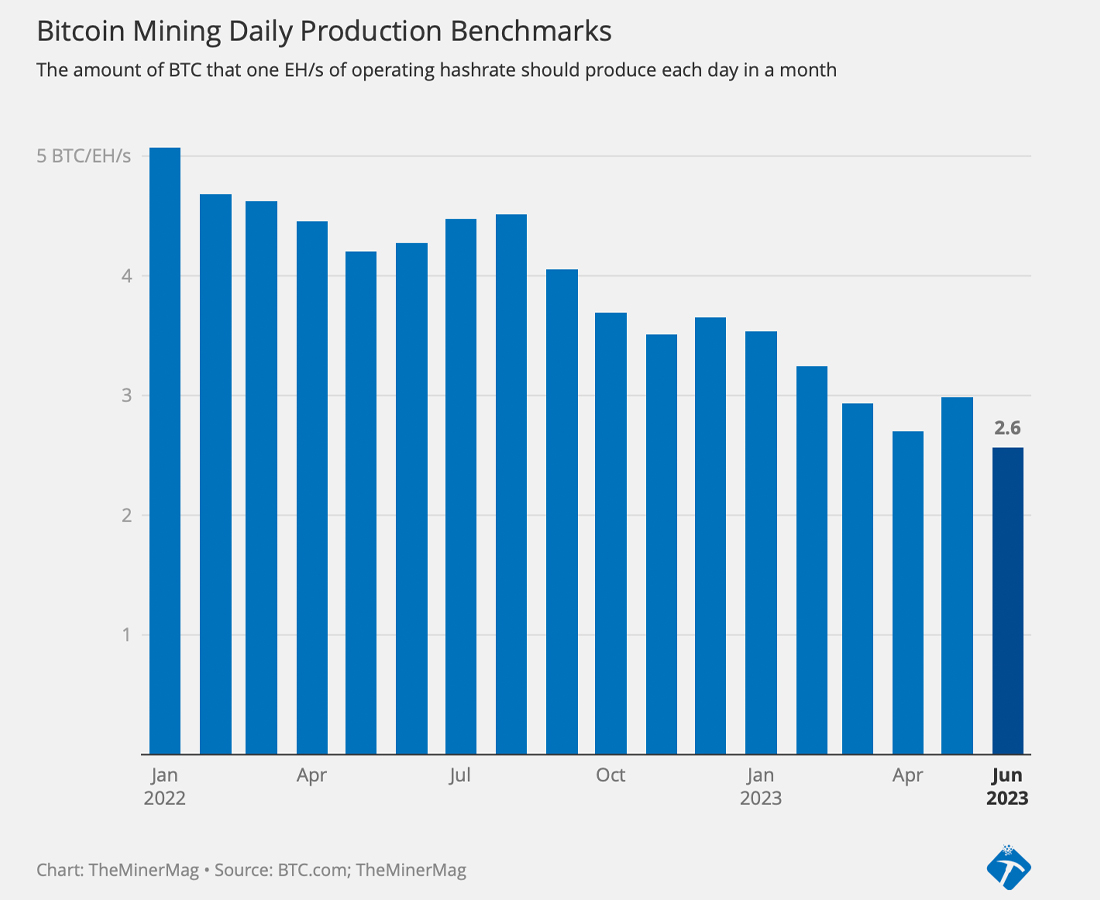The U.S. economy, like a ship trying to navigate through a storm, is seeing the waves of inflation start to ease. However, the underlying monetary troubles resemble the deep and treacherous currents that continue to threaten the stability of the vessel. The journey of the U.S. through these turbulent economic waters is marked by fluctuating Treasury yields, banking sector strains, and the looming specter of corporate defaults.
Turbulent Times for U.S. Financial Markets
Remember the days when the bond market seemed as benign as a sleepy cat in the sun? Well, those days are long gone. The fixed income world has transformed into something more akin to a wild beast. The U.S. benchmark 10-year Treasury yield, which is a bellwether for global financial markets, soared to a 16-year high of over 5% in October, a steep climb from below 1% in 2020. This sharp increase has jolted many financial sector businesses, which had previously binged on cheap sovereign and corporate debt.
The banking sector felt the heat in March when Silicon Valley Bank became the largest bank failure since 2008. Caught in a whirlwind of deposit flight and losses on bond sales, the bank’s collapse sent shockwaves through the industry. Life insurers weren’t immune either. With their bond portfolios typically held to maturity, rising rates sparked fears of forced sales. The situation in the U.S. echoed across the Atlantic, where Eurovita’s rescue in Italy brought some relief to the European insurance sector.
Corporate debt markets are another area of concern. Moody’s reported more U.S. corporate defaults in the first half of 2023 than in the entire previous year. As 2024 looms, with a whopping $250 billion of speculative-grade nonfinancial debt maturing, the prospects of refinancing look grim. For the private equity industry, accustomed to leveraging debt for buyouts, these are some of the toughest conditions faced in their history.
Inflation’s Slow Retreat and the Road Ahead
As inflation begins to show signs of slowing, there’s a glimmer of hope that the era of monetary tightening might be nearing its end. In mid-December, Wall Street responded with jubilation to Federal Reserve Chair Jay Powell’s dovish remarks, pushing the yield on 10-year Treasuries below 4% for the first time since August. However, it’s not time to pop the champagne just yet.
The fight against inflation is far from over. Central bankers, those unpredictable captains at the helm, might still have a few surprises up their sleeves. Interest rate cuts may come slower than the markets anticipate. With the record indebtedness of governments, businesses, and households, the threat of financial strains reemerging looms large.
As we gaze into the economic crystal ball for 2024 and beyond, the landscape is murky. The U.S. economy, while showing signs of resilience, is not out of the woods yet. The delicate dance between controlling inflation and maintaining economic stability continues. It’s a balancing act that requires not just skill but also a good dose of luck. As the U.S. sails forward, the hope is that the worst of the storm has passed, but the journey to calmer waters is fraught with uncertainty.





